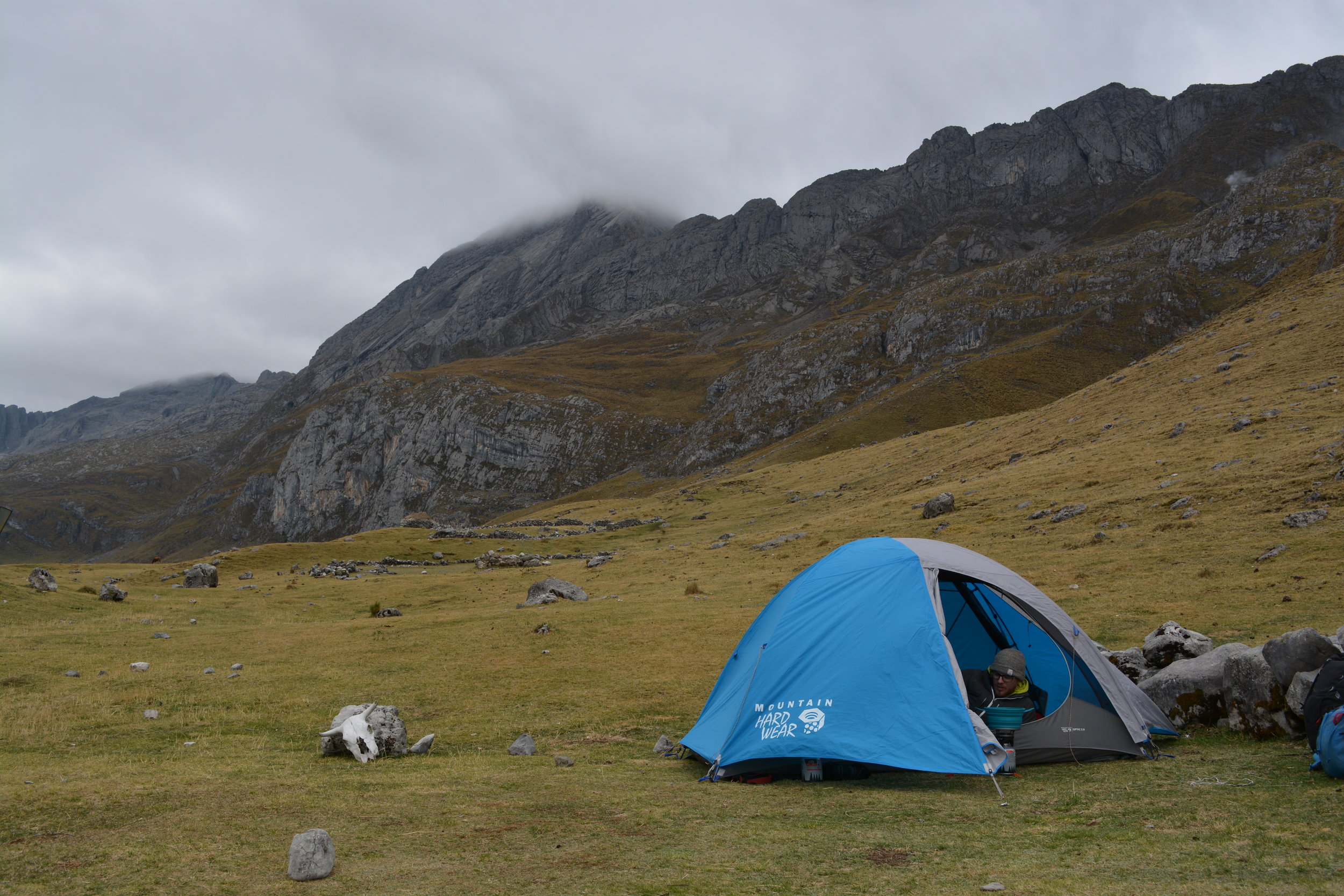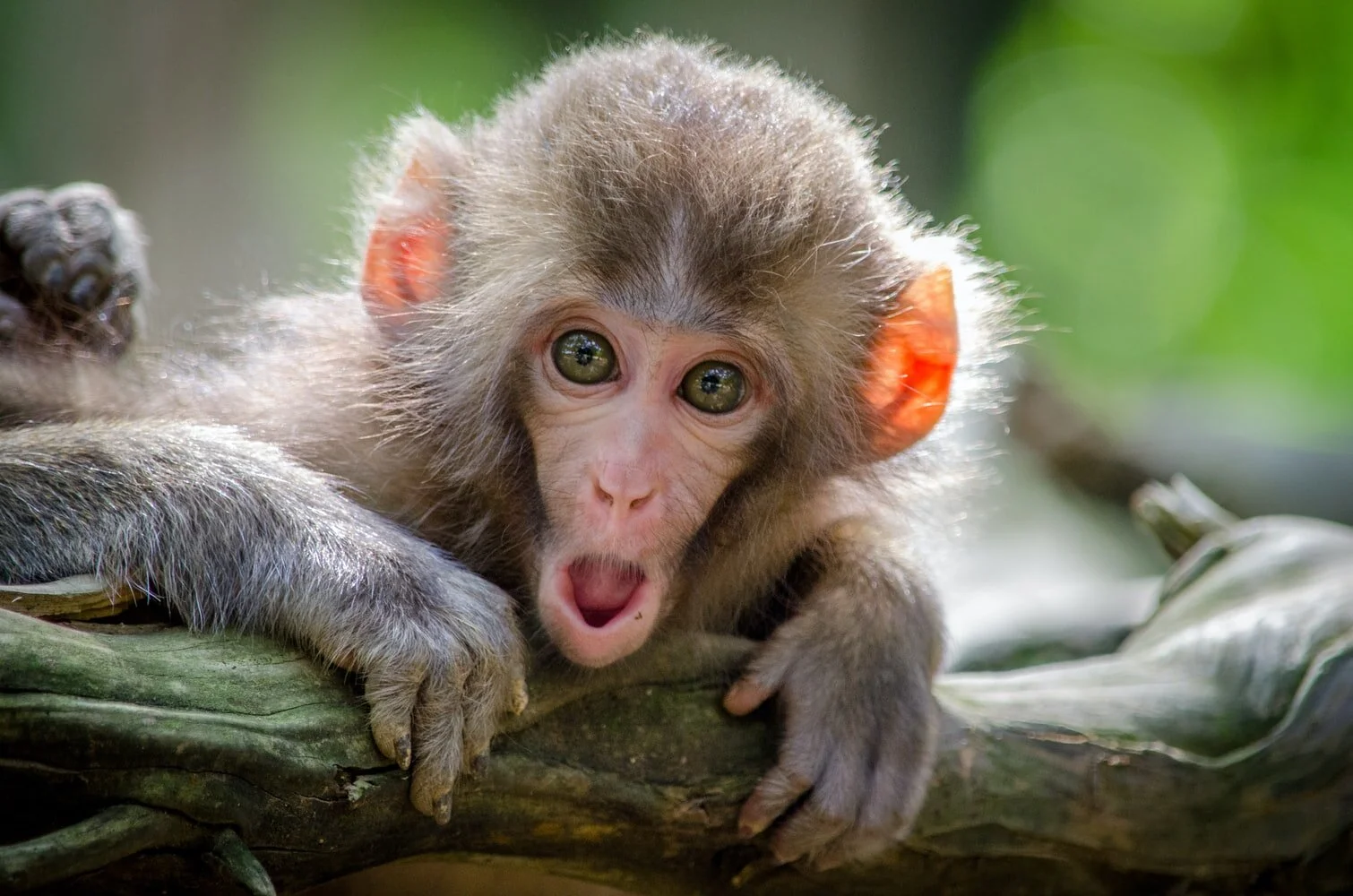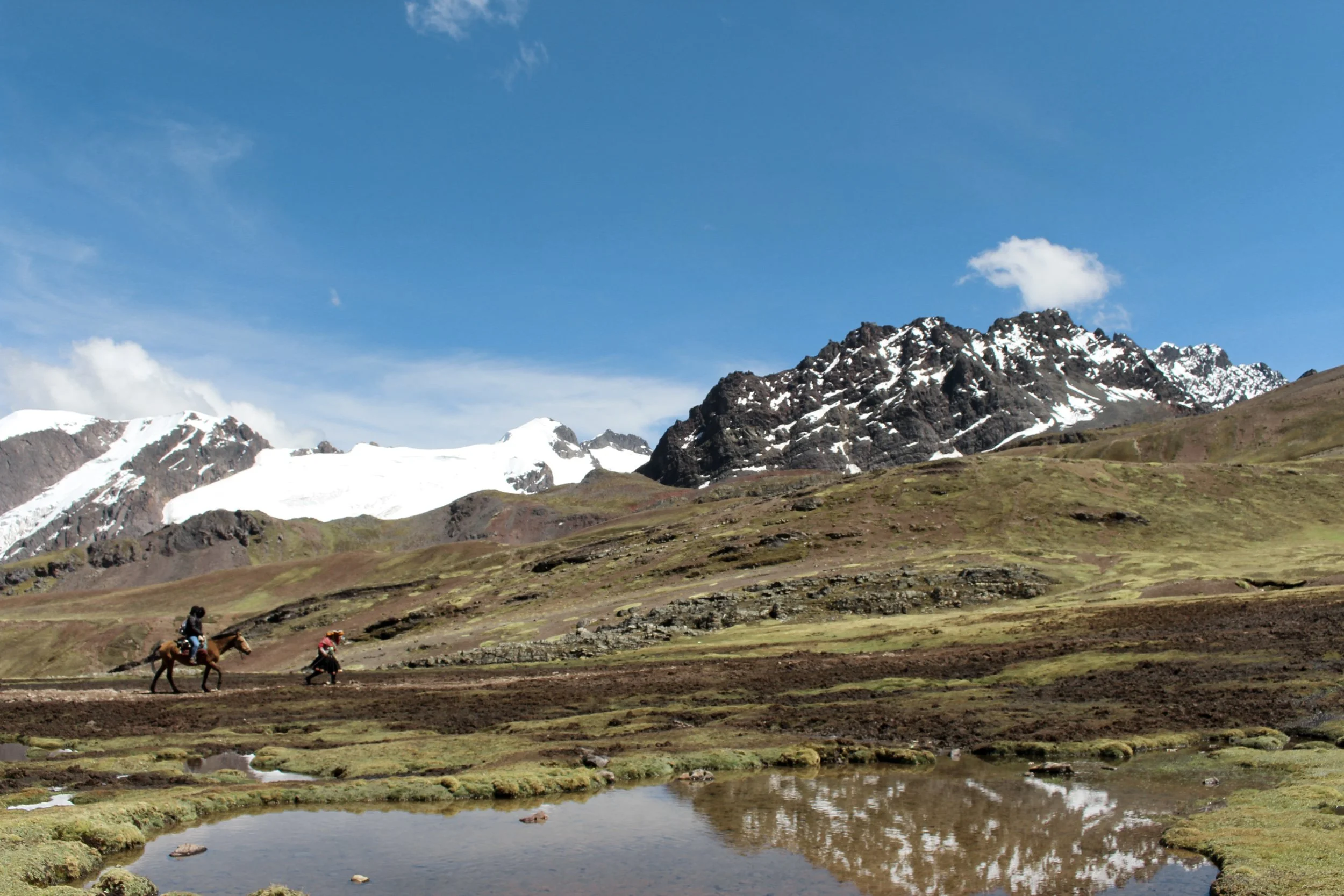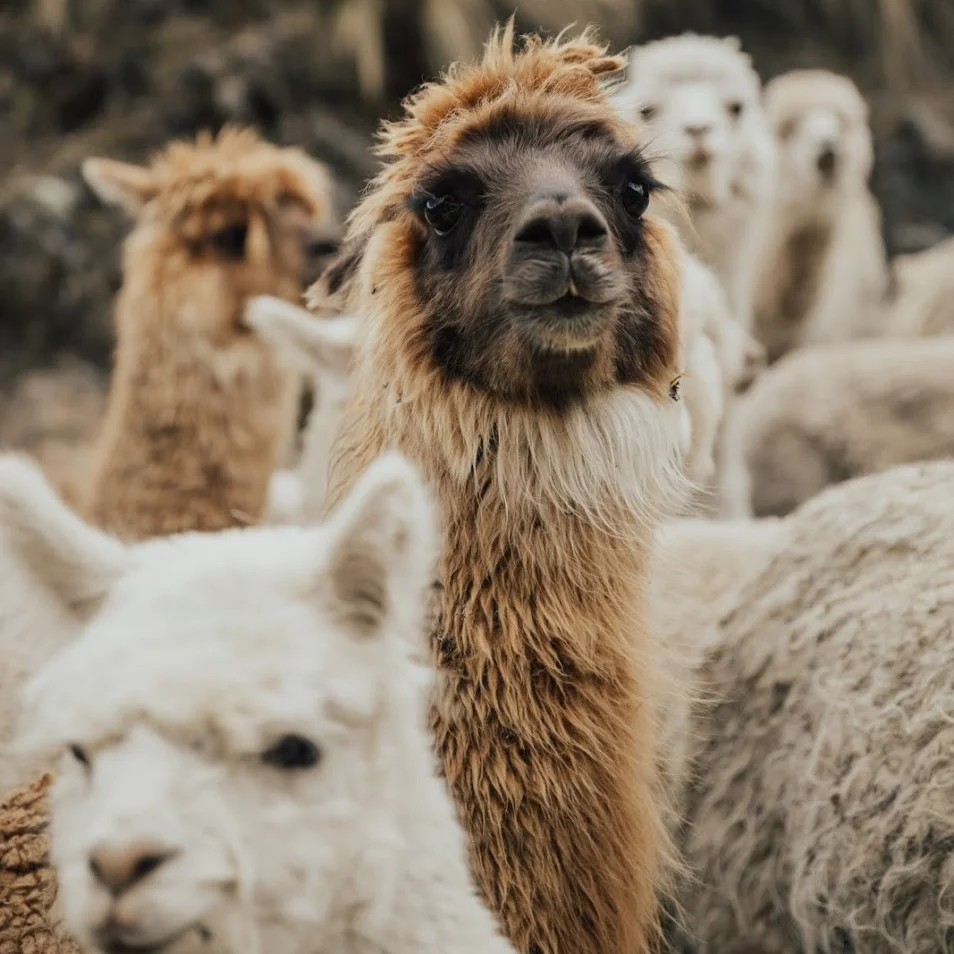With its breathtaking mountains, hair raising fortresses of stone, and vibrant culture, Peru has cultivated a large amount of visitors in recent years. Outdoor travels have become a dominant theme for vacations and this stunning country has an abundance of opportunities for anyone looking for an adventure. I would recommend allowing yourself enough time to at least get to know one of this country's gorgeous areas on foot.
Unlike the US, taking a bus through Peru is typically a pleasing experience. It’s both affordable and comfortable. With its modest price tag, it makes traveling the distance between those must see areas possible. If you’re short on time, there are 3 cities you should consider basing out of: Lima, Cusco, and Huaraz. If you’re a little more lenient with your pace, Ica, Arequipa, and Tacna are incredible additions.
Having grown up in the outdoors has driven me to participate in adventures through its natural environment. Huaraz is the perfect centre to begin such an quest. Sitting at 10,000 ft, walking around Huaraz for a day or two is beneficial to start acclimatizing to the altitude of these Andes treks. From the city there are many day hikes you can arrange. One of the most popular is Laguna 69. When you’re ready for a multi day trek, two great options are the Huayhuash and the Santa Cruz trek. If you have the time, then why not do both?
The Santa Cruz is the shorter of the two multi day hikes. It generally takes 3-4 days and can be done yourself or with a guide. If you’re not accustomed to high altitude or multi day trips, it might be worth it to hire a guide. It’s not expensive and you’ll carry less, as well as have meals made for you. There is a fee to enter the Parque Nacional Huacaran, about 20$, which is paid at the trailhead. If you choose to be self reliant on this excursion, there are two possible points from which to start; Cashapampa or Vaqueria. Although Vaqueira begins higher and gradually descends, I would suggest beginning at Cashapampa and allowing your body the days to adjust before you hit Punta Union at over 15,000 ft.
For the slightly more experienced hiker, I would recommend the Cordillera Huayhuash Circuit. It’s far less busy, but extremely rewarding. At around 80 miles, this hike will take you 8-10 days. The start will begin and end in Llamac. (Although I’ve heard in recent years folks are starting in Matacancha, which will cut some time off your hike.) From Huaraz you can take a local bus to Chiquian and then transfer to Llamac. Unlike the one national park fee with the Santa Cruz, you will pay a series of fees on the Huayhuash. You should receive a receipt with each fee paid and if not, make sure to ask so you won’t be charged again. Please be sure you’ve done proper training and understand the risks involved with altitude. This hike reaches higher passes over 16,000 ft and will take you longer to receive aid if needed.
It wouldn’t be a trip to Peru without planning to see Machu Picchu as well! I’m always looking for a super budget friendly excursion, so a guided trek on the Incan trail was out of the question. Of course for many people, they’d prefer to be guided and want the experience of the Incan trail. I chose to hike the Salkantay to Machu Picchu independently. This is another trail that will take you up to an altitude of over 15,000 ft at it’s highest point. It will generally take 4-5 days with several small towns along the way until you reach the railroad at the Hidroelectrica that you’ll follow to Machu Picchu town. It can be a little disheartening to have seen so little people for days and have worked hard to reach a monumental sight, while a train full of passengers drives by within a day, but the views will lift your spirit instantaneously. You can also choose to walk from town up to the sight of Machu Picchu, or take the bus.
Packing for an independent trekking excursion can be daunting at first, but it becomes well dialed with practice and experience. It’s often more expensive, but lightweight options are well worth their price tag. Here’s a list of the essentials I would consider for a Peru trip if you plan to hike independently. If you take a guided tour, there are several items you won’t need.
Shelter & Dietary Essentials:
Pack (Any 65L Pack that fits your torso comfortably.)
Tent (Big Agnes makes durable tents that come in under 3 lbs)
Sleeping Pad (Sea to Summit UltraLight Sleeping Pad - comes with case that doubles as a pump!)
Sleeping Bag (There are many lightweight sleeping bags under 3 lbs, but they can get pretty pricey. I use the NEMO Rave 30.)
Stove (MSR WhisperLite or Pocket Rocket & Sea the Summit XPOT)
Water Purifier
Spork & Knife
Nalgene
Layers:
Baselayer (OR Echo Hoody)
Mid layer (A Fleece or I use the Marmot Variant Jacket)
Jacket (Patagonia Nano Air)
Hiking Pant (Marmot Scree)
Base Layer Bottom (Smartwool)
Rain Jacket (Arcteryx Alpha SL)
Daily Outfits:
1 Pant
1 Short
2 Shirts
Swimsuit
2 Sports Bras/1 Reg Bra
5 Und
Comfort Shoe (Sanuk)
Hiking Boot (Asolos)
Other Essentials:
Headlamp
Bandana
Basic Toiletries
A book
Maps
Waterproof Notebook
Lightweight Camera (Sony Alpha)
First Aid Kit/Repair Kit
Sunscreen
SPF Chapstick
Lighter























This year didn’t pan out the way any of us planned to say the least! Most of us had to postpone any travel plans we had. Instead of traveling overseas, we adventured close to home and maybe even got around to a couple of house projects that we were always putting off.